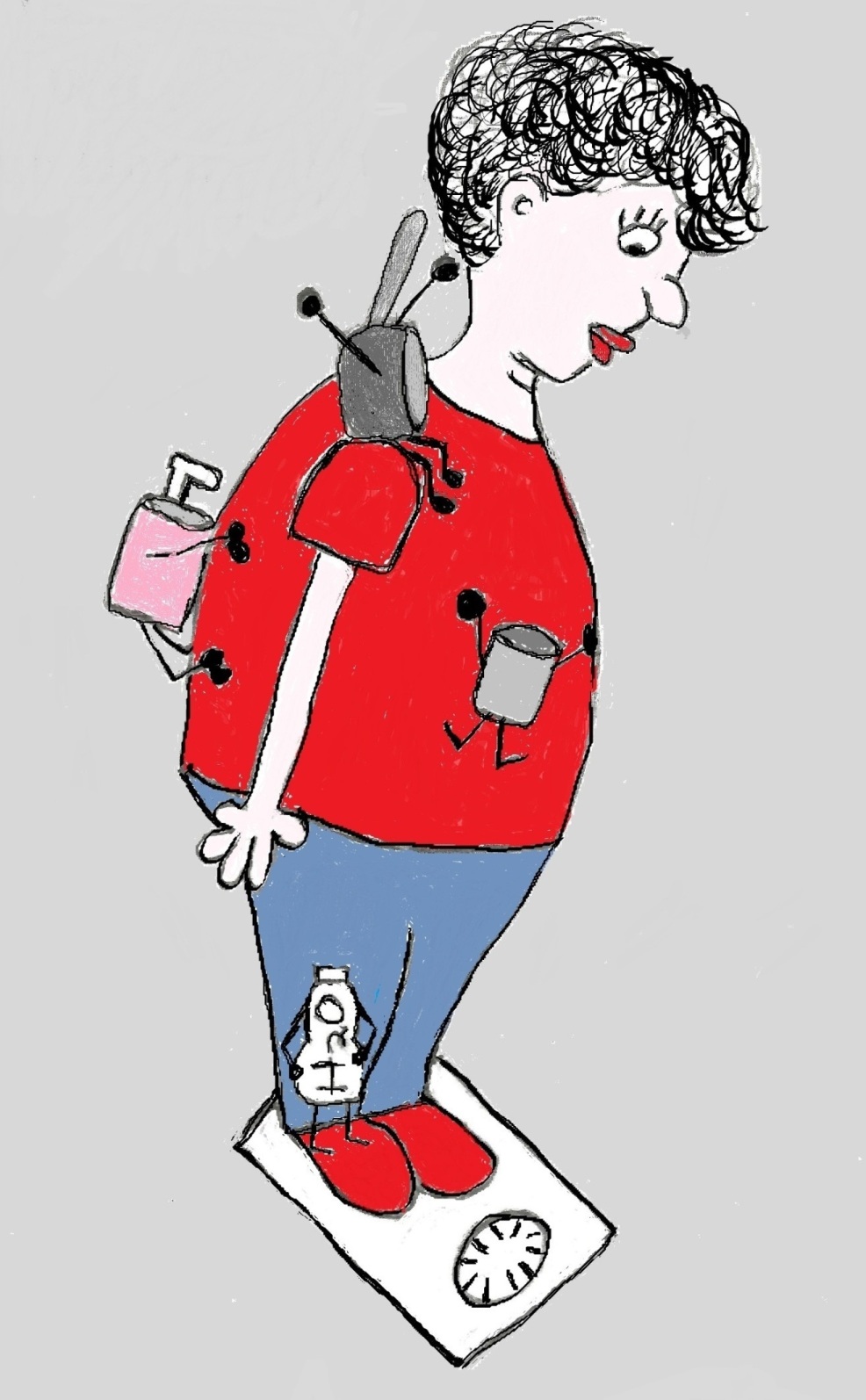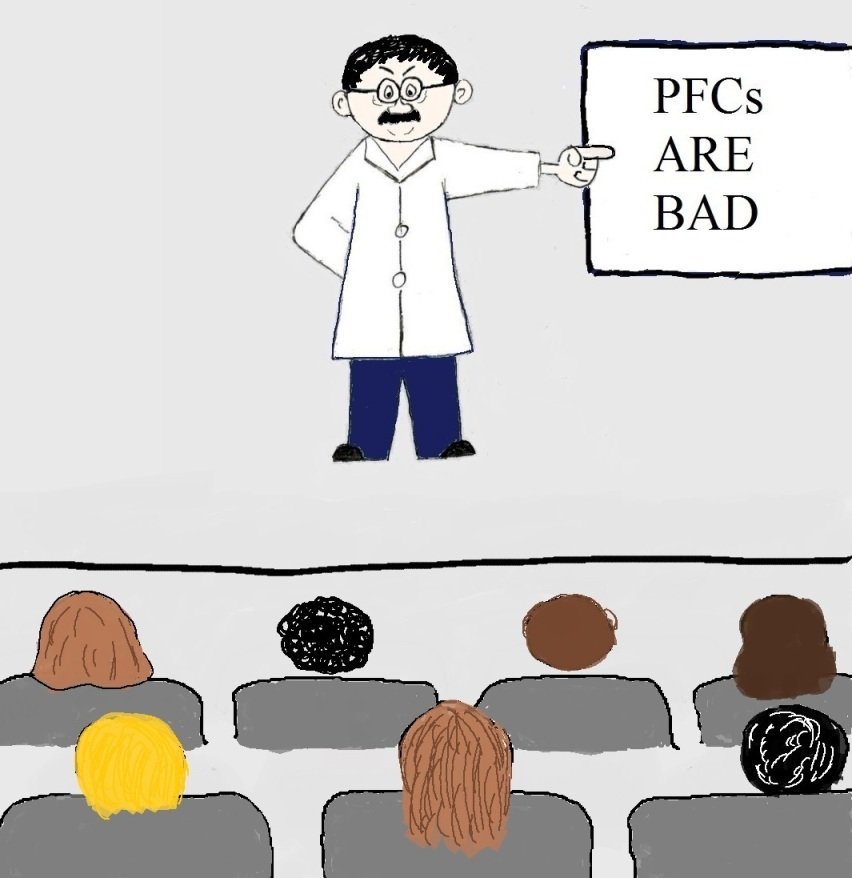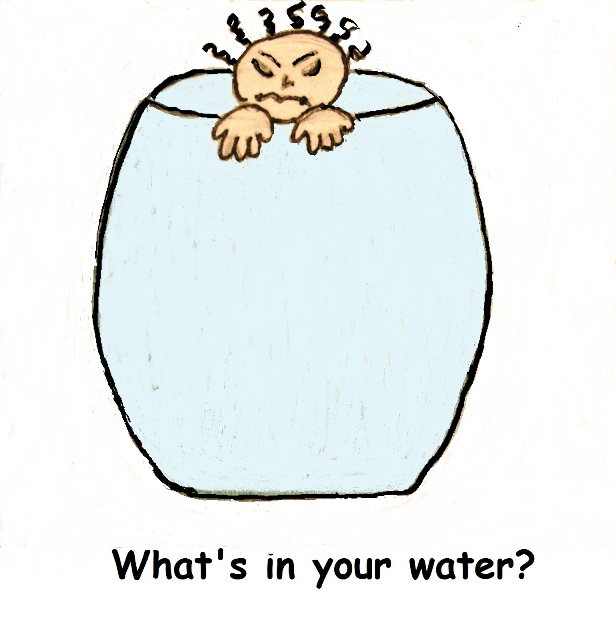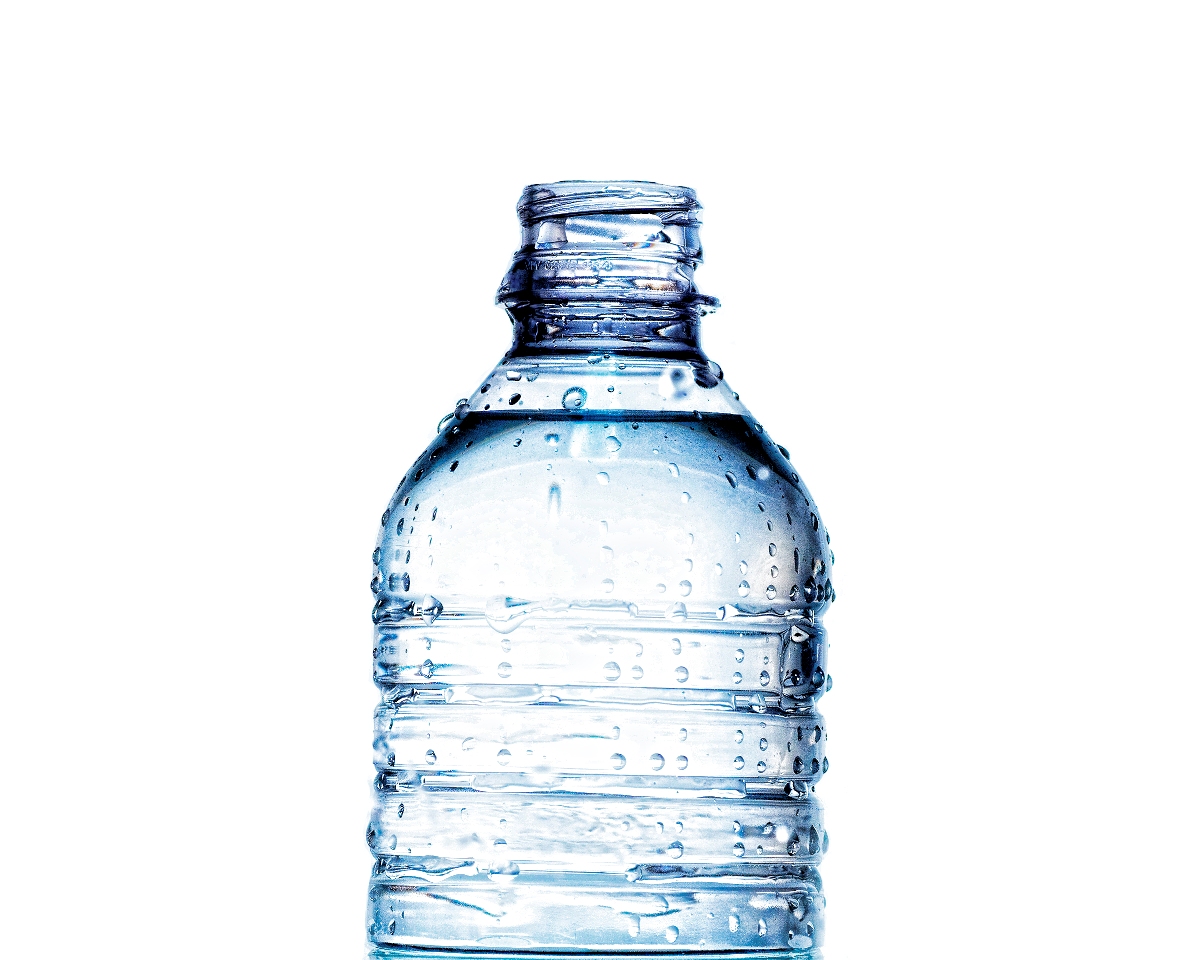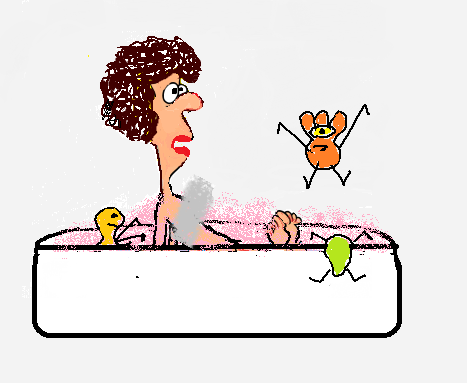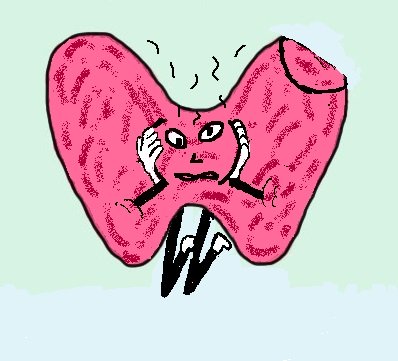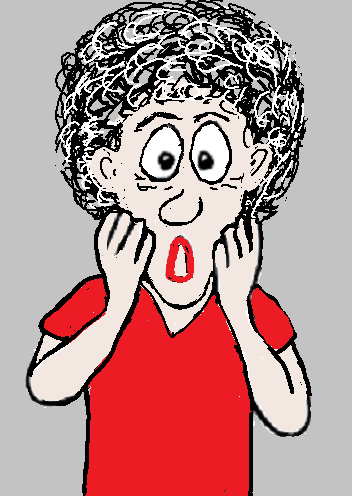- Home
- Toxic Chemicals & Health
- Endocrine Disruptors
Endocrine Disruptors and Your Health
Endocrine disruptors mess with the way your body functions. Exposure to even small amounts can wreak havoc on your body. And multiple types can be found in one plastic water or lotion bottle.
The reason endocrine disruptors are so dangerous to your health is that they mess with a system that plays a critical role in so many important biological and physiological functions. So anything that causes problems to any part of the endocrine system can lead to disease or even death.
The Endocrine System
To really understand how scary endocrine disrupting chemicals are, its important to understand how the endocrine system works. So first, a biology lesson.
The endocrine system is a network of glands (thyroid gland, ovaries, etc.) that are distributed through out your body and the hormones (insulin, estrogen, etc.) they produce. They regulate your body functions through signaling pathways, much like traffic lights regulate the flow of traffic.
The hormones produced by endocrine glands are released into your circulatory system, where they travel through your bloodstream until they reach a target tissue or organ. Once they arrive at their destination they bind to receptors in organs and tissues that recognize and respond to specific hormones. This binding triggers a response (like a change in metabolism).
The chemical make-up and three-dimensional shape of each endocrine hormone is unique. Every hormone in turn has a corresponding receptor (or receptors) localized on the target cells.
When I taught biology I would always describe this to my students as similar to a door's lock and key. The hormone is the “key” and the receptor is the “lock”.
The response of a given tissue or organ to a hormone is determined by the presence of receptors on target cells and receptor activation by hormone binding to the cell.
Now what makes endocrine disrupting chemicals so dangerous is that they keep your body's natural hormones from doing their job.
“Over the past 15 years, some chemical classes
commonly used in building materials, furnishings, and consumer products have
been shown to be endocrine disrupting chemicals. These include PCBs, used in
electrical equipment, caulking, paints and surface coatings; chlorinated and
brominated flame retardants, used in electronics, furniture, and textiles;
pesticides, used to control insects, weeds, and other pests in agriculture,
lawn maintenance, and the built environment; phthalates, used in vinyl,
plastics, fragrances, and other products; alkylphenols, used in detergents,
pesticide formulations, and polystyrene plastics; and parabens, used to
preserve products like lotions and sunscreens.” (Silent Spring Institute, 2010)
Endocrine Disrupting Chemicals
Endocrine disrupting (ED) chemicals are defined by the Endocrine Society as: “an exogenous [non-natural] chemical, or mixture of chemicals, that interferes with any aspect of hormone action.” Of the hundreds of thousands of manufactured chemicals, it's estimated that about 1000 may have endocrine-acting properties.
Think of EDs as schoolyard bullies. They push around and bully your body's natural hormones. They block them from going where they need to go and push them out of their seats. This means your hormones can’t do their job.
Endocrine disruptors also take the place of your natural hormones, setting off similar chemical reactions in the body. They can even mess with your hormone levels or change the way hormones move throughout your body.
Endocrine disruptors mess with your body by:
- Mimicking the action of a naturally-produced hormone, such as estrogen or testosterone, thereby setting off similar chemical reactions in the body;
- Blocking hormone receptors in cells, thereby preventing the action of normal hormones;
- Altering the concentrations of natural hormones by affecting the body’s ability to make, transport, metabolize and excrete hormones.
Important Issues in Endocrine Disruption
1. Some EDs are persistent and bioaccumulative (they build up over time in your body tissues and the tissues of animals you eat)
2. Low level exposure is enough to cause problems
3. A single ED may have the ability to affect multiple hormonal signaling pathways
4. Early-life exposure causes life-long problems
EDs and Health
There are about as many health effects from ED exposure as there are chemicals that disrupt your endocrine system.
|
Heart disease |
ADHD |
Female infertility | |
|
Cancer |
Parkinson’s |
Metabolic Syndrome |
Male infertility |
|
Alzheimer’s Disease |
Developmental problems |
Your Exposure to Endocrine Disrupters
You are exposed to EDs through the food you eat, the water you drink and the products you use. EDs can be ingested, inhaled and absorbed through your skin. Just click on any of the links below to find ways to reduce your exposure to EDs.
Common Sources of EDs
Pesticides -DDT, Chlorpyrifos, Atrazine,2,4-D, Glyphosate, Pyrethroids
Plastics - BPA, Phthalates, Antimony
Food Packaging - BPA, Phthalates, PFCs (Perfluorochemicals)
Cookware - PFCs (Perfluorochemicals)
Furniture - Brominated flame retardants
Personal care products, -Phthalates, Parabens, Sunscreens, Bug Sprays
Textiles, Clothing - PFCs (Perfluorochemicals)
Brown Rice - Arsenic
Water - Arsenic, Atrazine, DDT, Phalates, PFCs
A properly functioning endocrine system is vital to your health and well-being. Unfortunately you're exposed to hundreds of chemicals that can mess with your hormones.
Now it may seem hopeless or overwhelming to try and reduce your exposure to EDs but the effort is worth it. Start with a few simple changes.
When I started living less toxic 30 years ago, pesticides were the first to go. This change was the easiest for me to make.
Then I moved on to using natural personal care products. Then I got rid of my nonstick stuff and reduced my exposure to plastics.
These changes made a big impact because there are a lot of EDs in these products. Think about some changes you could easily make.
Even just investing in a good water filter, eating more organic produce and reducing how much brown rice you eat will greatly reduce your exposure to EDs.

